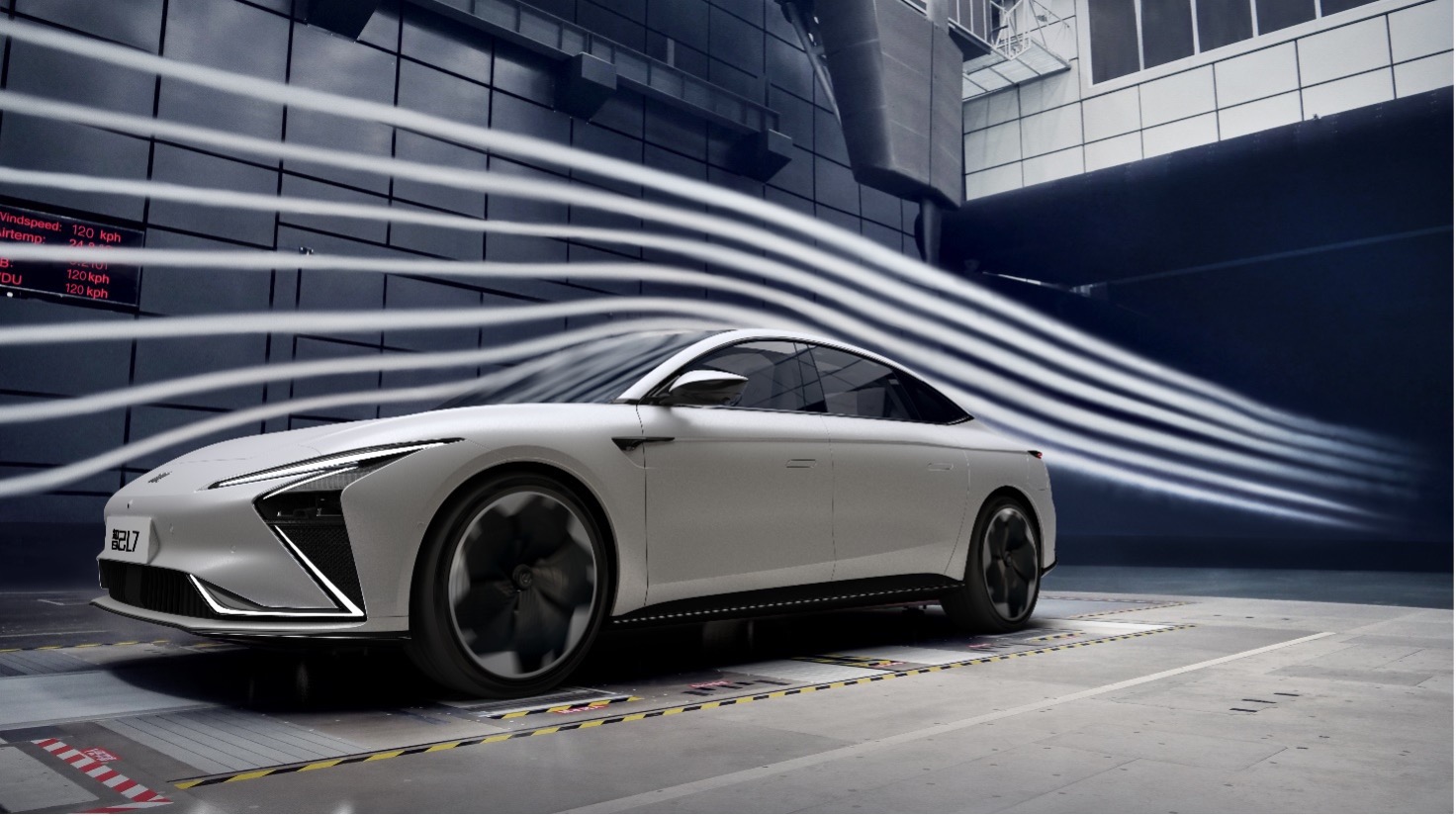On August 17, 2021, IM Auto announced that the drag coefficient of its first pure electric sedan L7 reached 0.210, a result certified by China Automotive Technology and Research Center (CATARC). (For those who are not familiar with what drag coefficient is, please refer to this link.)
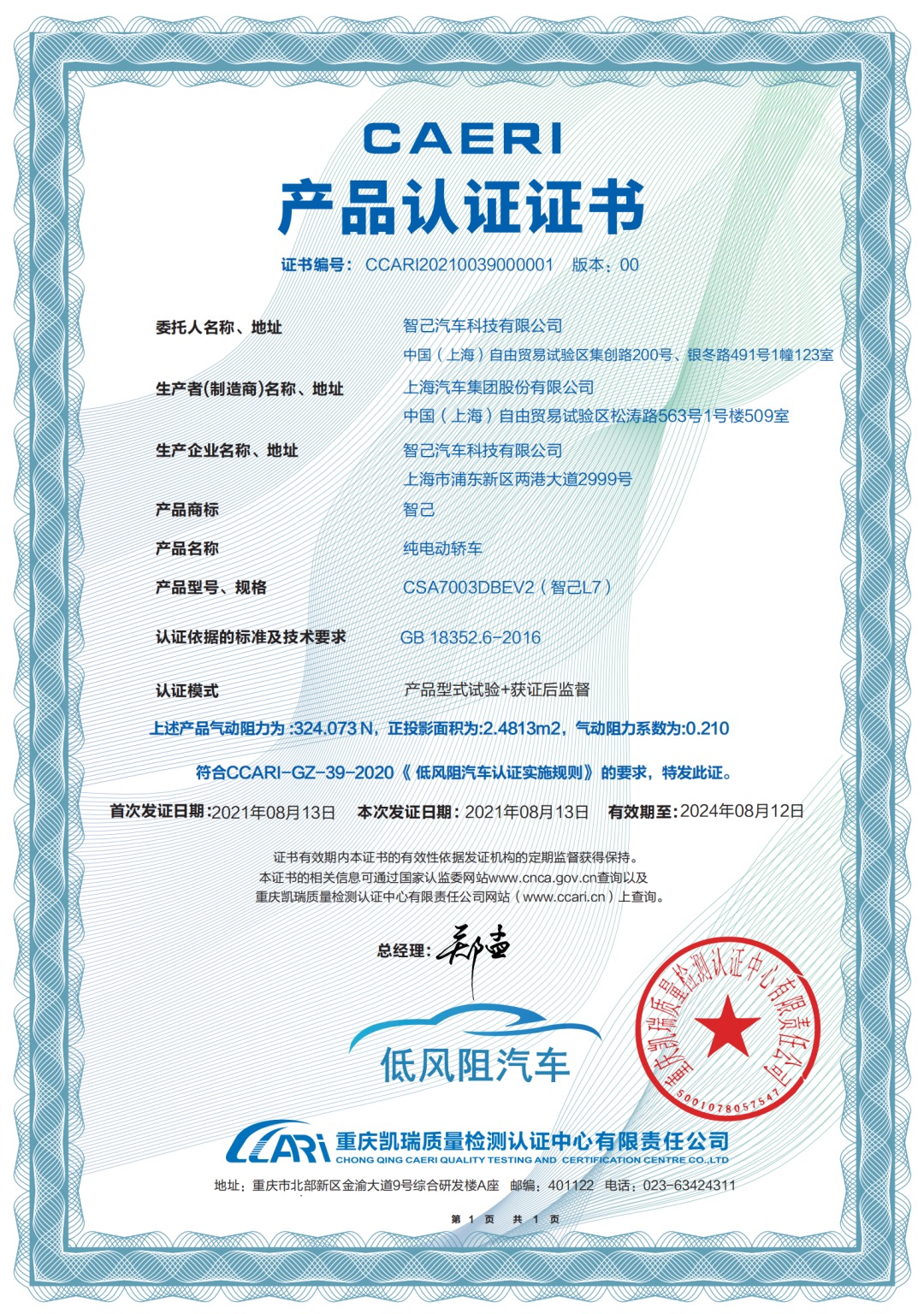
According to IM Auto, nearly 900 simulations were conducted, which consumed more than 900,000 core hours (one CPU hour equals one core hour) to achieve this outstanding result. After five rounds of wind tunnel testing, L7 underwent tests at the Chongqing Carey Quality Inspection and Certification Center and achieved a drag coefficient of 0.21.
With a Cd value of 0.21, L7 has achieved the third lowest drag coefficient among currently produced and soon-to-be-launched cars.
The following are the drag coefficient rankings of the major players:
- Mercedes-Benz EQS: 0.20
- Tesla Model S Plaid: 0.208
- IM L7: 0.21
- (tied) Lucid Air: 0.21

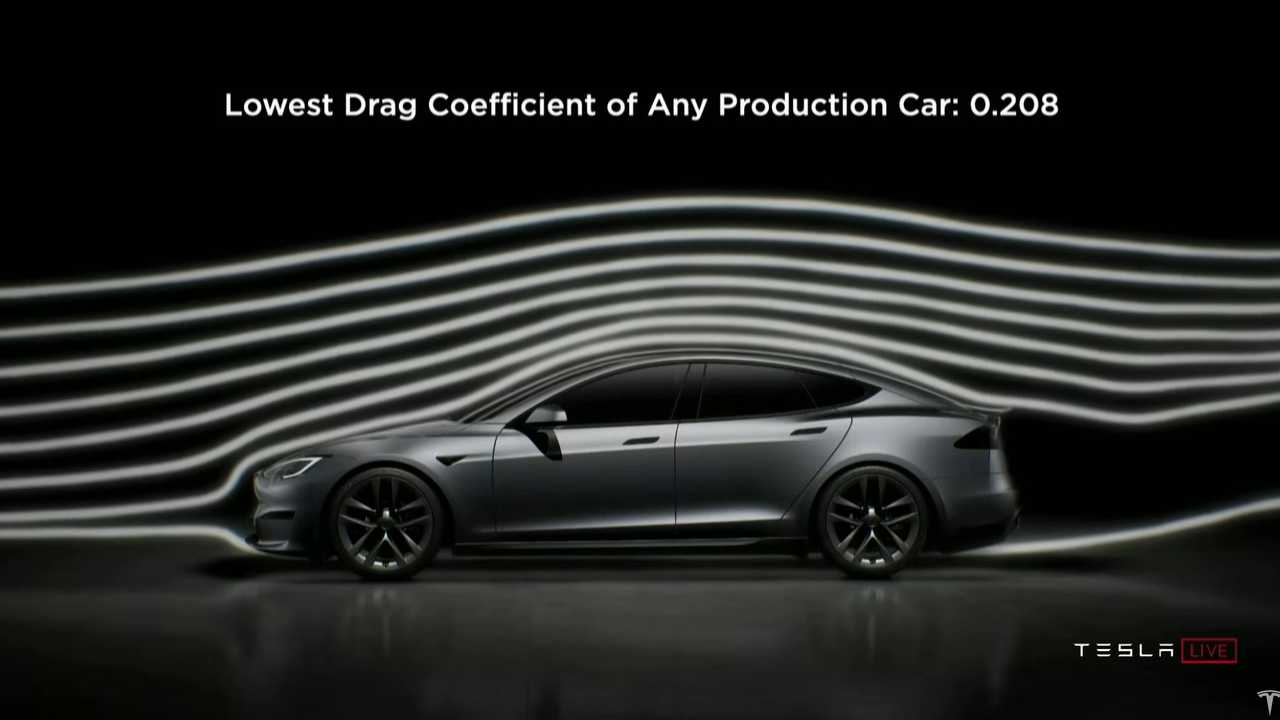
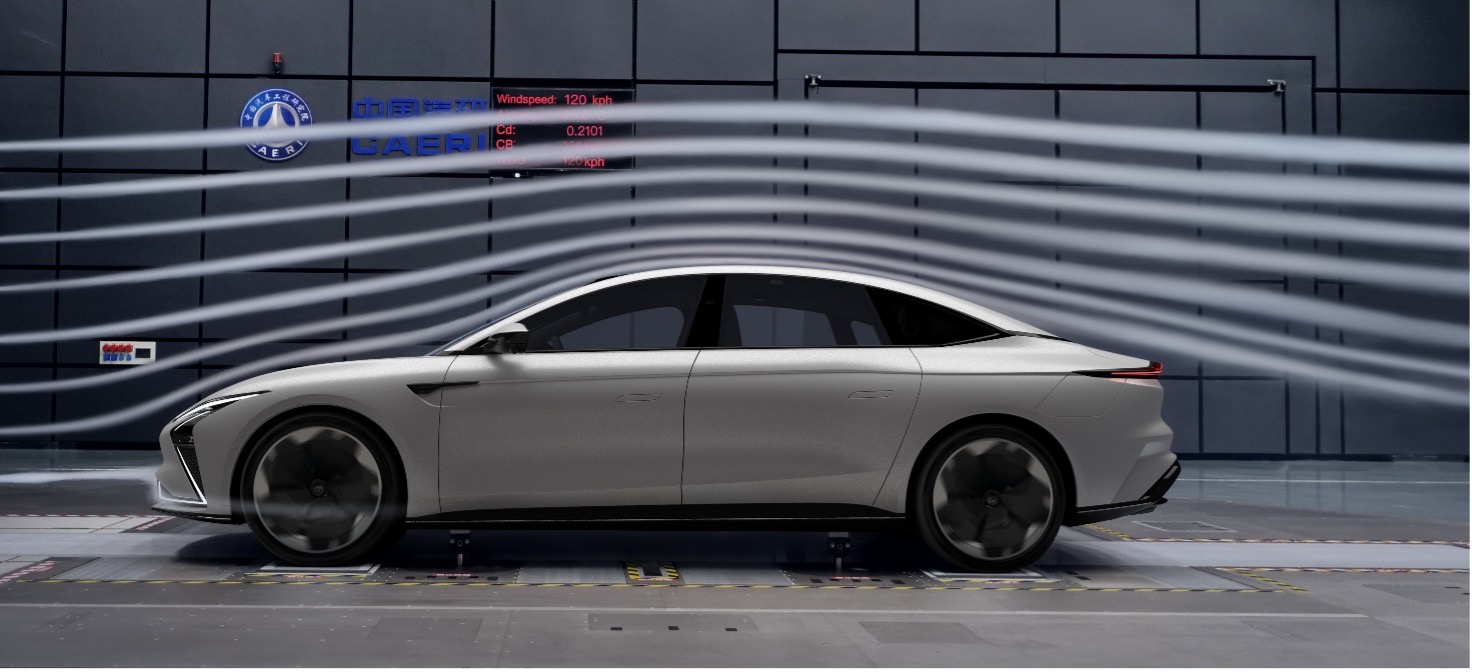
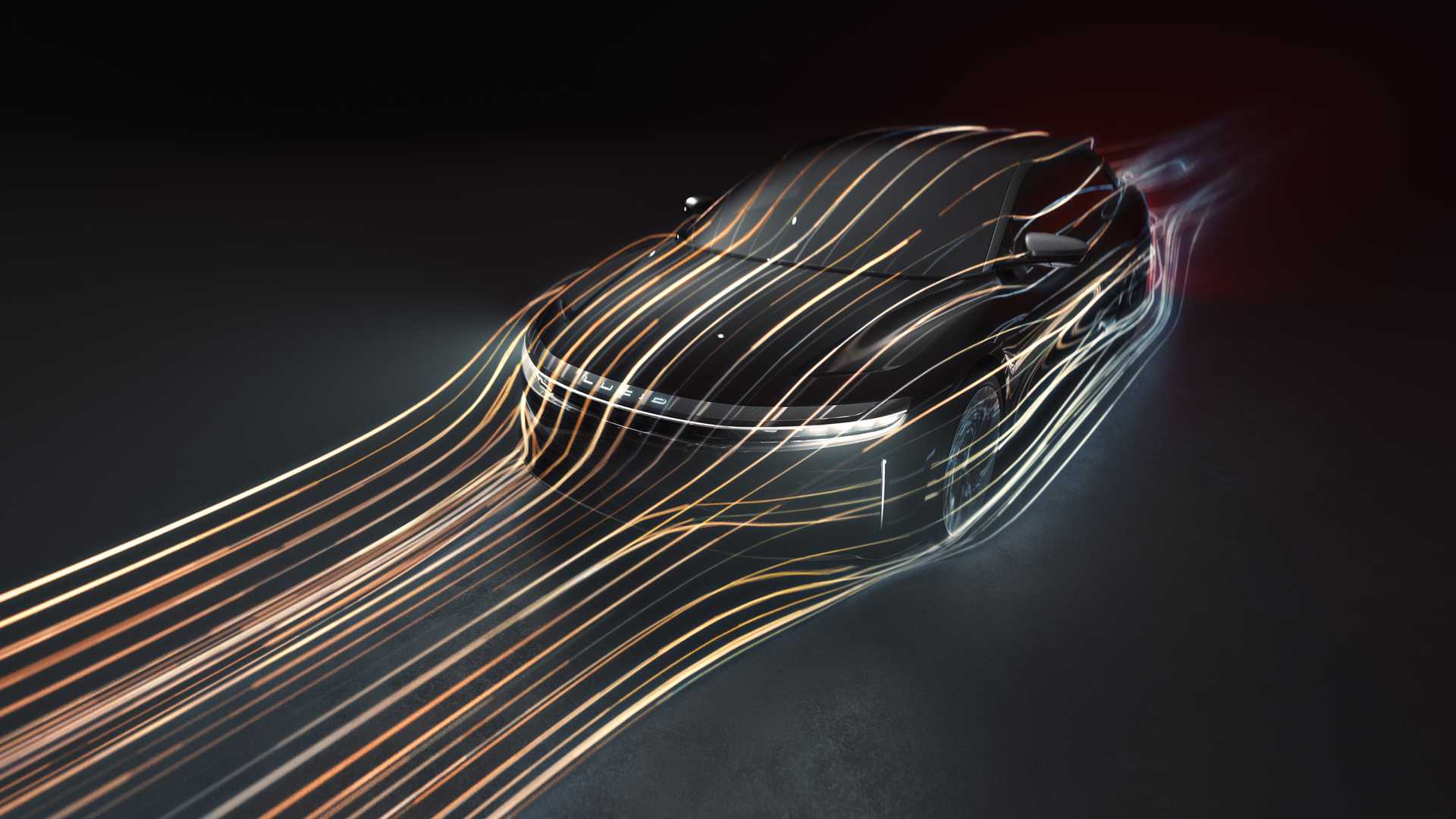
If we look back in history and be nitpicky, we will find that the Volkswagen XL1, which was produced in small quantities, was the king of drag coefficient among mass-produced cars.
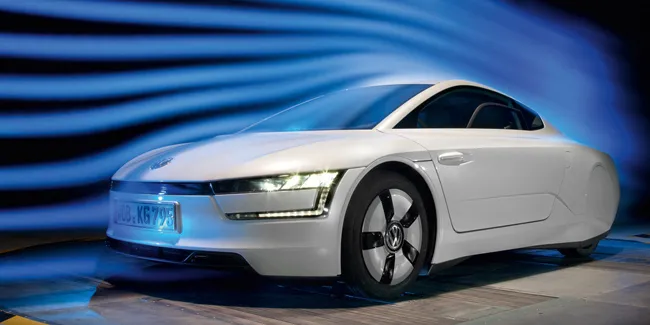 This is a new low in the drag coefficient of independent car models after the 0.211 of GAC Aion S Plus. In an era where electrification is becoming increasingly common, the importance of low drag is particularly significant as it directly affects high-speed energy consumption, and aerodynamic optimization of shape is gradually becoming a focus of attention for manufacturers. The move to certify and publicize the drag coefficient is a breakthrough in terms of authenticity, and may also raise the bar for other companies’ drag coefficient promotion in the future.
This is a new low in the drag coefficient of independent car models after the 0.211 of GAC Aion S Plus. In an era where electrification is becoming increasingly common, the importance of low drag is particularly significant as it directly affects high-speed energy consumption, and aerodynamic optimization of shape is gradually becoming a focus of attention for manufacturers. The move to certify and publicize the drag coefficient is a breakthrough in terms of authenticity, and may also raise the bar for other companies’ drag coefficient promotion in the future.
🔗Source: IM Auto
This article is a translation by ChatGPT of a Chinese report from 42HOW. If you have any questions about it, please email bd@42how.com.
